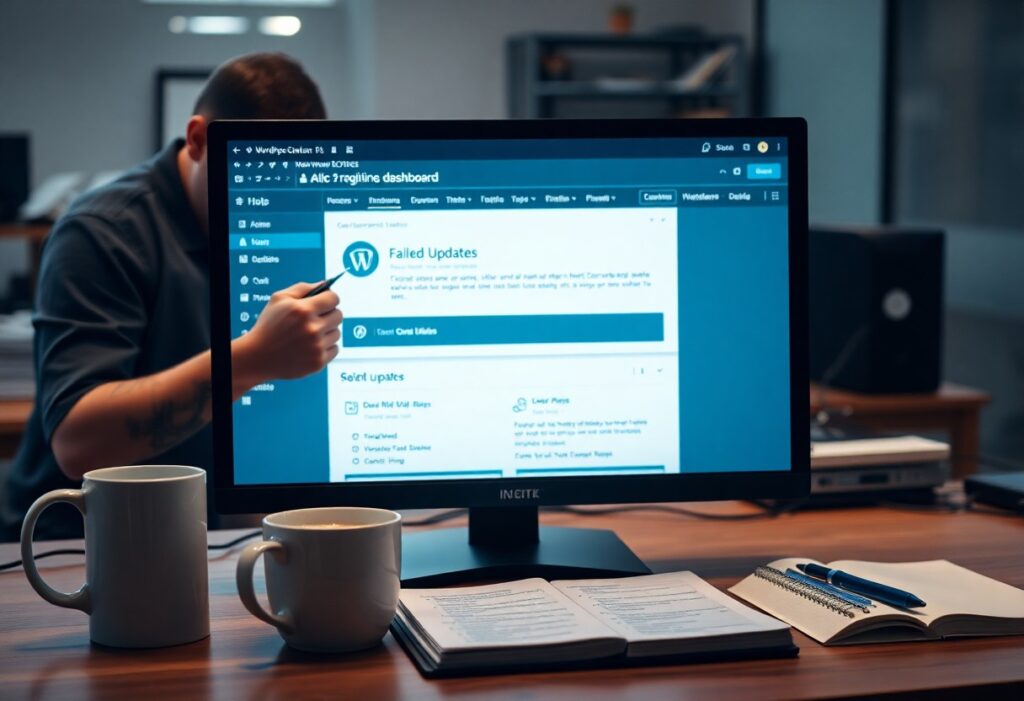There’s a growing need for WordPress users like you to enhance your website’s performance. One of the most effective ways to do this is by optimizing your WordPress plugins. While plugins can add fantastic functionality to your site, excessive or poorly optimized plugins can lead to slow loading times and a poor user experience. This guide will walk you through practical steps to optimize your WordPress plugins for better performance.
First, focus on auditing your current plugins. Start by reviewing your installed plugins and assess their necessity. Disable or delete any plugins that you no longer use. Less is always more when it comes to plugins—fewer plugins lead to lighter loads on your server and faster page speeds. You can keep track of your plugins by checking their performance impact through tools like Query Monitor.
Next, ensure that your plugins are always up to date. Developers regularly release updates to fix bugs and address security vulnerabilities. Keeping your plugins updated means you benefit from improvements that enhance both functionality and performance. Schedule regular checks to see if updates are required or enable automatic updates where possible.
Consider reducing the number of active plugins. Only activate the ones you truly need for your website. Some plugins offer similar features, so it’s advisable to choose one over multiple plugins with overlapping functionalities to minimize redundancy.
Utilizing a performance optimization plugin such as WP Rocket or W3 Total Cache can significantly improve your site’s loading time. These plugins can help minimize CSS and JavaScript files, use browser caching, and implement CDN (Content Delivery Network) integration. Such measures will not only speed up page loading times but also enhance overall site performance.
Another effective strategy is to check the plugin settings. Many plugins come with extensive options, and by configuring them correctly, you can enhance performance. Explore your plugin settings and adjust parameters according to your specific needs. For instance, if you have an image optimization plugin, ensure your images are being compressed adequately without sacrificing quality.
To understand how various plugins affect your site’s speed, utilize tools like GTmetrix or Google PageSpeed Insights. These tools will give you detailed analyses of what might be slowing down your website. Based on this information, consider alternatives for any heavy plugins as lightweight options are likely to perform better.
Lastly, it’s important to monitor your website’s performance regularly. Maintain a record of your site’s speed before and after making changes. This will help you see which optimizations have been effective and identify any areas for further improvement. Creating a habit of regular performance checks ensures you’re always aware of your site’s state.
By following these steps, you effectively manage your WordPress plugins to optimize your website’s performance. A well-optimized site not only improves user experience but can also positively impact your SEO efforts, leading to higher traffic and better engagement.




